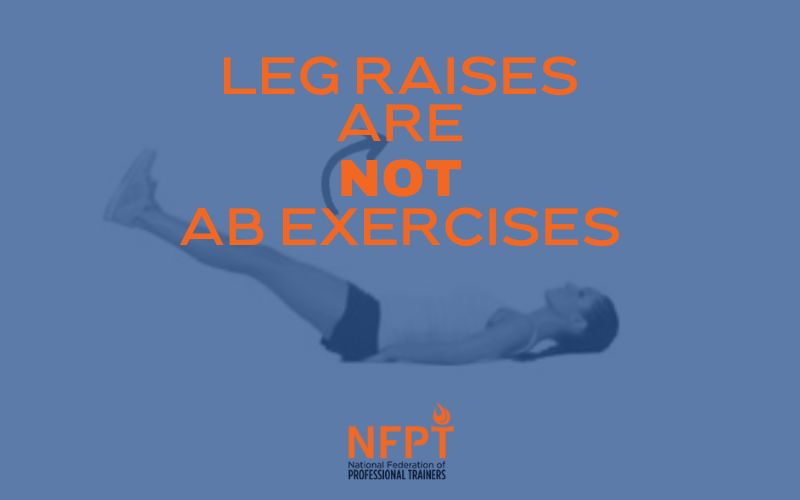If there is any move personal trainers have seen or even programmed quite frequently and largely in vain, is the hanging leg raise, or lying leg raise. You’ll often see this move in the ab-day circuit along with Russian twists and side bends (also not ideal ab moves, btw), the perpetrator of the movement swinging legs all willy-nilly up and down.
Unfortunately for the majority of folks favoring this type of exercise, leg raises don’t actually work your abdominal muscles effectively, if at all.
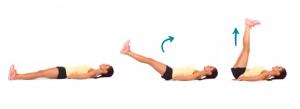
The Anatomy of a Leg Raise
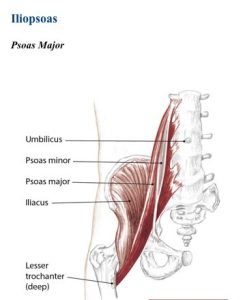
Raising your leg is hip flexion, and hip flexors are what flex your hip, not abdominal muscles. Which muscles perform that motion? There are 11 hip flexors, most of which assist in flexion including the adductors and abductors. The rectus femoris, TFL, and all the adductors coordinate with the iliopsoas (which is really two muscles sharing common insertion points: the iliacus and the psoas) to flex the hip but only to 90 degrees. Past 90 degrees, all but the iliopsoas becomes actively insufficient (they go slack).
The rectus abdominis (RA) attaches from the ribs to the pelvis. It does not cross the hips and has no role in hip flexion In order to work RA, which is presumably what someone is trying to do with most of their exercises on ab day, but especially the leg raise, one would need to flex the spine. And by work, we mean to move through a range of motion for the sole purpose of developing that muscle. This movement doesn’t do that at all. At least not as described above.
That’s also not to say some people don’t need hip flexor strengthening; athletes that are kickers, gymnasts, and average fitness clients that have a posterior pelvic tilt can stand to add leg raises to their routine so long as they understand the purpose of the movement.
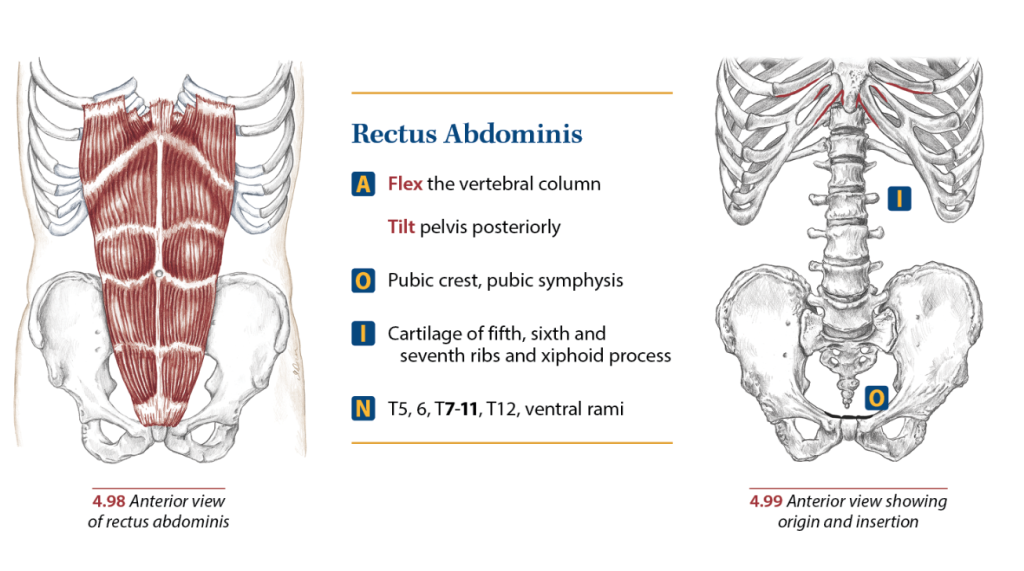
Books of Discovery 2014
But I Feel it in My Abs!
Now, what tends to happen during a leg raise that ends at 90 degrees is the degree of force exerted upon the spine by the weight of two legs is usually greater than can be isometrically resisted by the RA, the other spinal flexor muscles (the obliques) and stabilizers (TVA).
In other words, in order to prevent the spine from extending (or arching) good ol’ RA and TVA have to remain engaged isometrically for the entire set. This causes the build-up of lactic acid that makes the muscles feel worked. Not to mention the psoas will certainly tire from all of its action; because it’s so deep in the abdominal cavity, it can feel like “abs” when fatigued.
This isn’t completely worthless of course, but it comes at a cost: The stabilizers are likely to fail under the weight of the legs by the end of the set allowing spinal compression to occur concurrently with spinal extension.
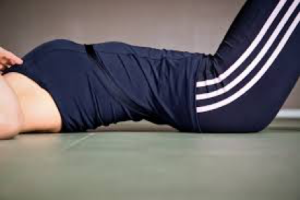 Whenever we continuously perform a movement that extends or flexes the spine in a contraindicated way, our intravertebral discs slowly acquire a new deformed shape.
Whenever we continuously perform a movement that extends or flexes the spine in a contraindicated way, our intravertebral discs slowly acquire a new deformed shape.
This new shape diminishes the nerve cavity eventually causing pinched nerves. The worse possible result of this deformity is a herniated disc, which is not necessarily irreversible, but nobody wants that.
Furthermore, anyone who has an excessive lordosis, or resting anterior pelvic tilt, already has an overworked and short psoas and most definitely does not need it to be worked even more.
This is the worst-case scenario. Certainly, it is possible that someone’s abdominal muscles are strong enough to resist the force of the psoas pulling up on the legs and the lumbar spine will remain stable for the set, but then what good is this movement for the abs anyway? An isometric contraction will improve performance of Type I endurance fibers but it won’t do much to grow a muscle. If you want to improve abdominal endurance look no further than the plank, a far more effective and less risky exercise for deep core musculature. That’ll do it.
How to Modify the Movement to Hit the Abs
We now know we need to flex the spine and create a posterior pelvic tilt. Essentially, one could perform the initial leg raise and not lower the legs back to the floor but instead try to pop the pelvis off the floor and engage the RA while doing so. Keeping the knees bent is a regression. To advance, straighten legs and reach feet towards the ceiling. Except now, we don’t have to call this a leg raise anymore. It’s basically a reverse crunch.
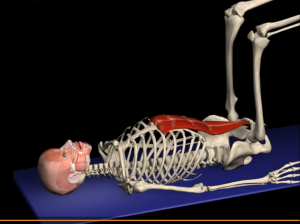
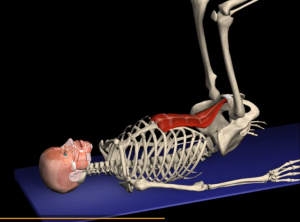
Take it to an upright position as in the hanging leg raise and apply the same principle
We’re looking for the same thing. The abs will not effectively engage until there is spinal flexion. Start with knees flexed to 90 degrees (the dotted outline below) and then attempt to lift the lower back away from the bench while lifting the knees even higher.
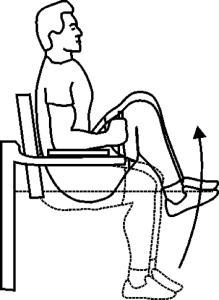
To advance this, (and this is really advanced!) keep legs straight while hanging from a bar and attempt to bring toes to the bar. There’s some serious spinal flexion!
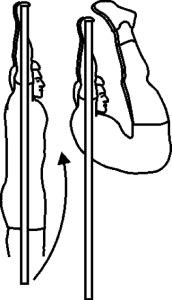
How a Trainer Can Assist
First of all, never act like a know-it-all when you attempt to correct someone. Telling someone they’re doing something wrong will likely just make them bristle and shut down. If you already have a relationship with someone tell them that you can help them perform the exercise in a way that engages the abs even more and also protects the spine.
If you work in a club and don’t know the person well or at all, be sure to introduce yourself during a rest period and courteously ask if you can give them advice based on new findings that can protect their lower back from becoming injured and a much more intense method of activating their abs.
If they’re unfamiliar with the anatomy, quickly educate them on how the iliopsoas attaches from the spine to the leg and flexes the hip, as in daily walking, and is mainly responsible (along with a bunch of other hip flexors that aren’t abs) for leg raises.
If they want to work the abs, they have to flex the spine, not the hips.
How to Perform the Reverse Crunch or Hip Lift (i.e., a better leg raise)
Get the client in reverse crunch position (starting with straight legs) and place your palms 3-4 inches above their toes, your hand in a vertical line with their Iliac Crest. Ask him or her to perform five reps of the reverse crunch in a direct linear, perpendicular path to the ceiling, reaching for the center of your palms.
This is what it should look like; Knees and ankles are in a direct line over the iliac crest:
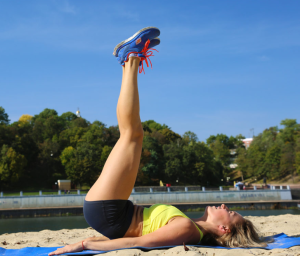
If they’re unable to control the movement this way, have the client bend the knees to 90 degrees and try again, aiming instead with just the knees. They may quickly learn they have a lot to gain by practicing this exercise and getting better at performing this true ab movement!
_________________________________
References
NFPT, Personal Trainers Manual, Seventh Edition, 2017
ACE, Personal Trainers Manual, Third Edition, 2003
Low Back Disorders, Dr. Stuart McGill, Second Edition, 2007
Felix Doval is the NFPT Director of Education. He has been in the fitness industry for over 30 years. With a Masters in Exercise Science and a BS in Physical Education, Felix founded and created the workshop division of the National Federation of Professional Trainers (NFPT). He is the founder and owner of Global Fitness Educators (GFE) in south Florida. GFE provides hands-on education and continuing education in both classroom and a health club setting. Felix is an independent consultant for health club facilities and has partnered with international leaders in personal trainer certification, to include NFPT, NASM, NSCA and ACE.

